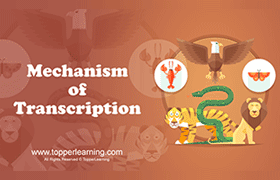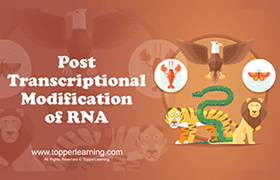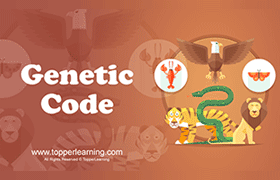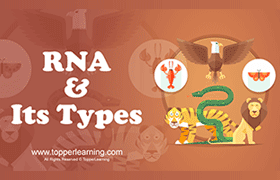CBSE Class 12-science Answered
|
Features |
Messenger RNA (mRNA) |
Transfer RNA (tRNA) |
Ribosomal RNA (rRNA) |
|
Composition of RNA in the cell |
About 5% |
About 15% |
About 80% |
|
Length of the molecule |
Longest |
Shortest |
Variable |
|
Shape of the molecule |
Linear |
Clover leaf-like |
Greatly coiled |
|
Types |
Numerous |
About 60 |
Six |
|
Role |
Carry information from DNA |
Carry amino acids to mRNA codons |
Constitute major part of ribosomes |
|
Shelf life |
Very short, 2 mins-4 hrs, get degraded after translation |
Long, can be used again and again during translation |
Long, can be used again and again during translation |
|
Ends of the molecule |
Has initiation codon and leader sequence at 5’ end and termination codon and tailer sequence at 3’ end |
5’ end has guanosine monophosphate and 3 end has CCA sequence of nitrogenous bases |
Not definite |
|
Functions |
Receives genetic information from DNA through transcription, comes out of the nucleus into the cytoplasm and translates the coded information into a protein with a determined sequence of amino acids. |
Picks up amino acid from the cytoplasm of the cell and brings it to mRNA template at a specific position for polymerisation. |
Forms structural component of ribosomes and provides surface for the attachment of mRNA and tRNA and acts as ribozyme to catalyse the formation of peptide bond. |





